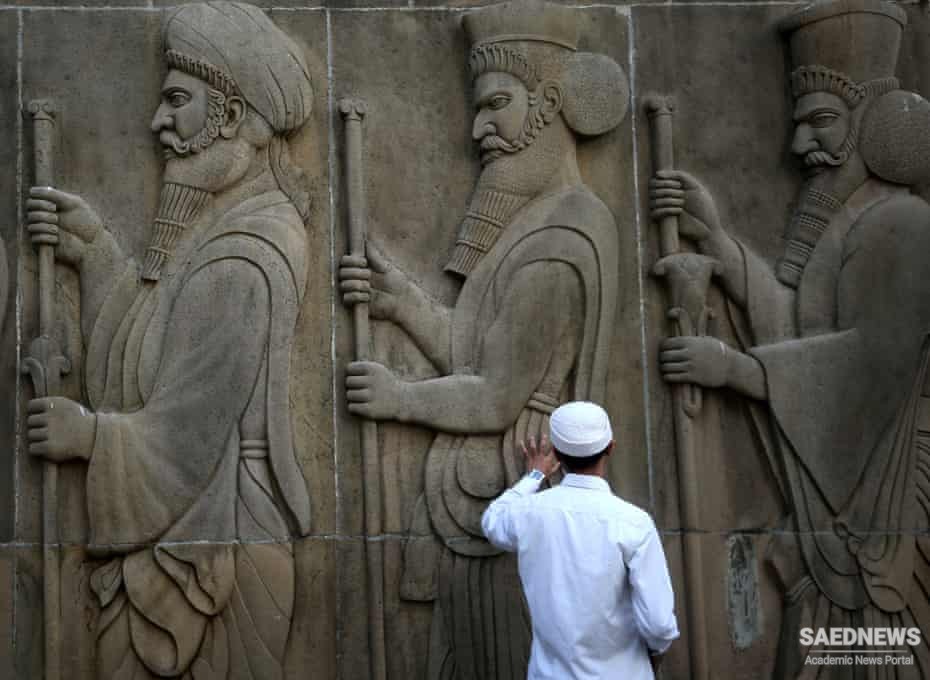In North America and other countries around the world there is no consecrated temple or consecrated fire. People send their special prayer requests to the high priests in India or Iran, where the holiest of ceremonies are celebrated.
The ceremony that accompanies the regular tending of the fire five times a day is called boi-machi. The fire is usually fed with sandalwood, which has a sweet odor when burned; worshippers may purchase it at the temple and donate it as an offering. In an atash behram, the highest grade of fi re temple, it is tended by white-gloved priests who have undergone the most rigorous purification.
The priest prays the appropriate prayers and then places over the fire six pieces of sandalwood (or other dry wood in the shape of a throne), frankincense, and herbs, which fumigate and give out a pleasant smell. Then the wood is placed in the fire urn, or afargan. In the highest fire temple the priest, carrying a metal ladle, then circles the fire, stopping eight times to repeat a prayer in Avestan, which means the following: O Ahura Mazda, we praise Thee through Thy visible symbol, the fire. We praise Thee by our offering of Good thoughts, words, and deeds.
The priest then strikes a bell nine times, symbolically calling the holy spirit to be present in the room. After the ceremony the priest uses the ladle to give ash from the fire to any worshippers who are present.


 Zoroastrian Consecrated Culture: Rituals and Their Meaning
Zoroastrian Consecrated Culture: Rituals and Their Meaning














































